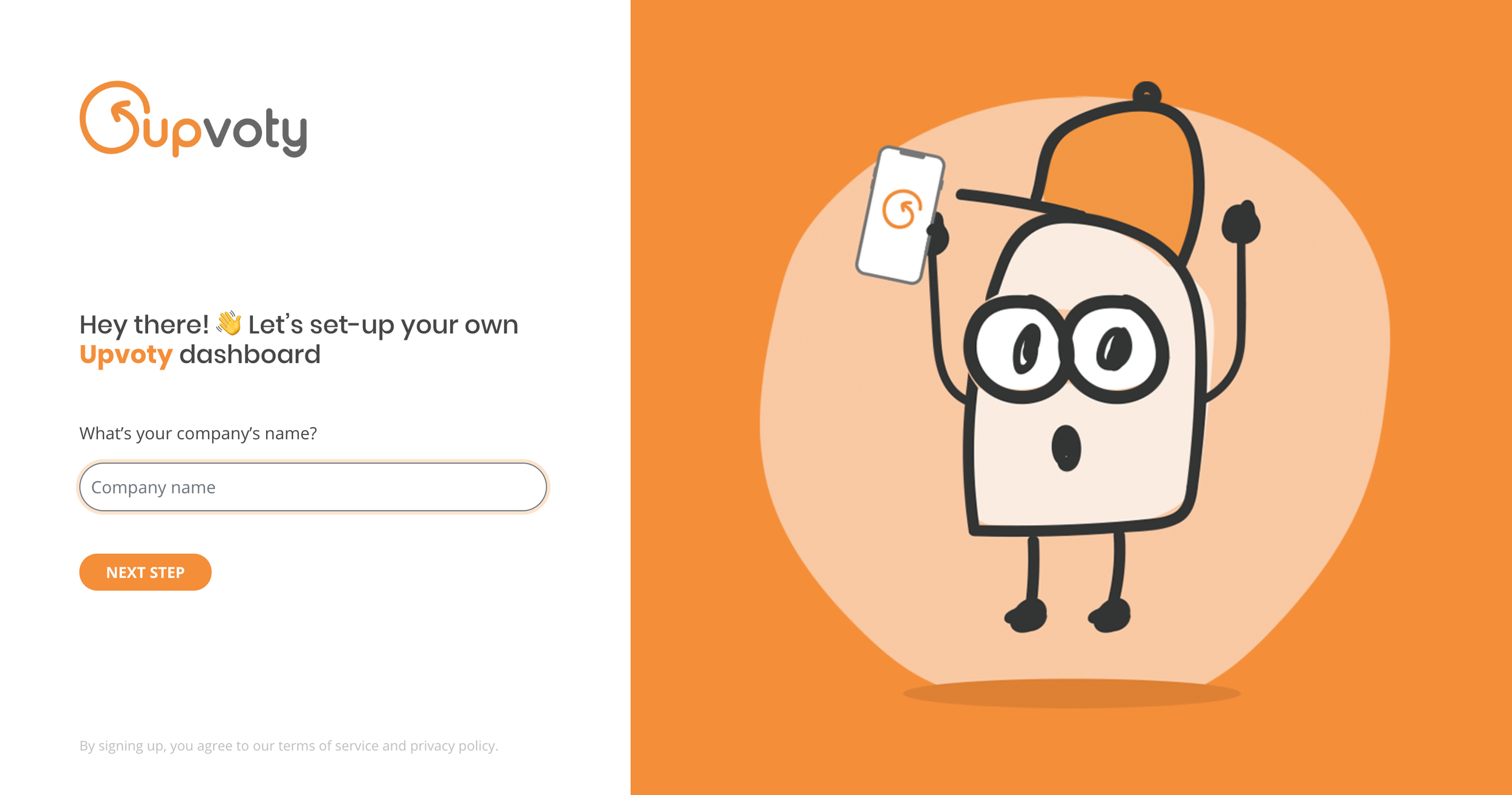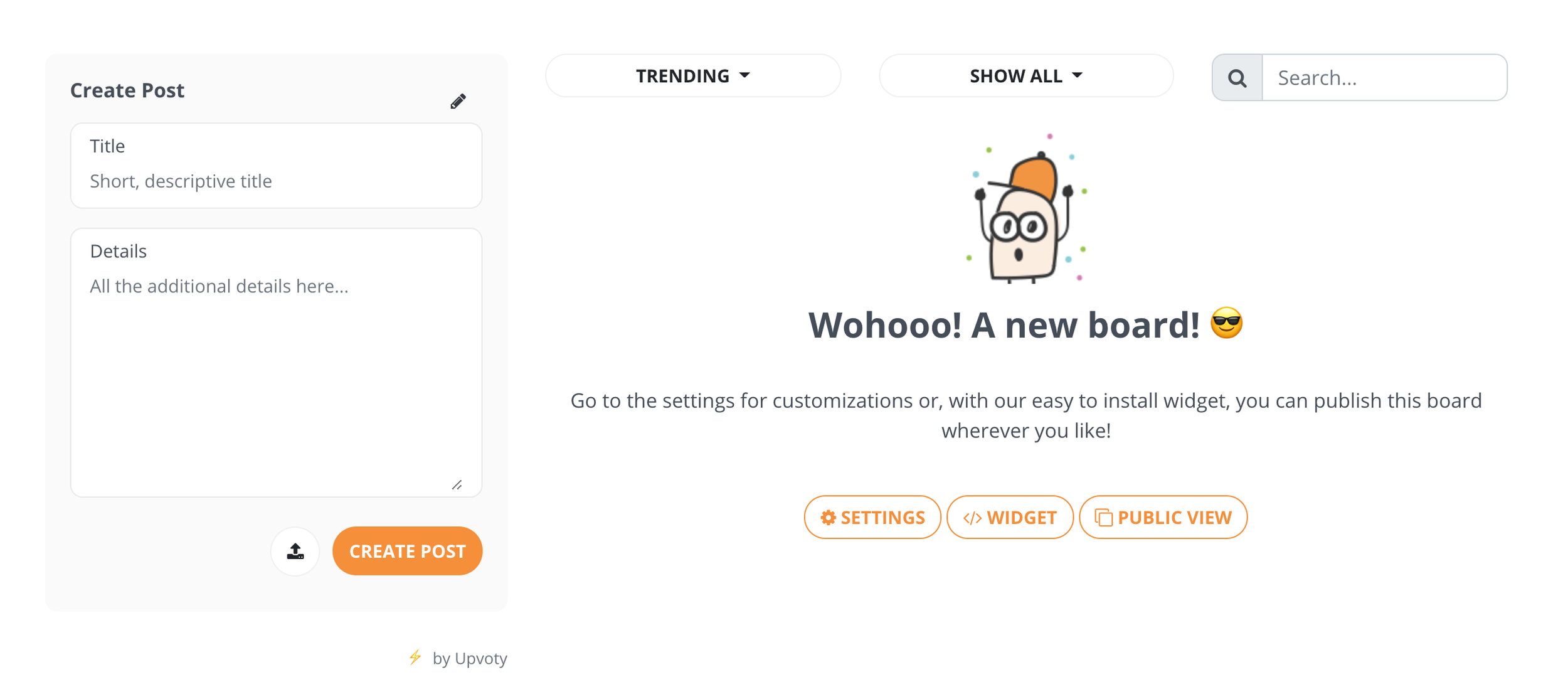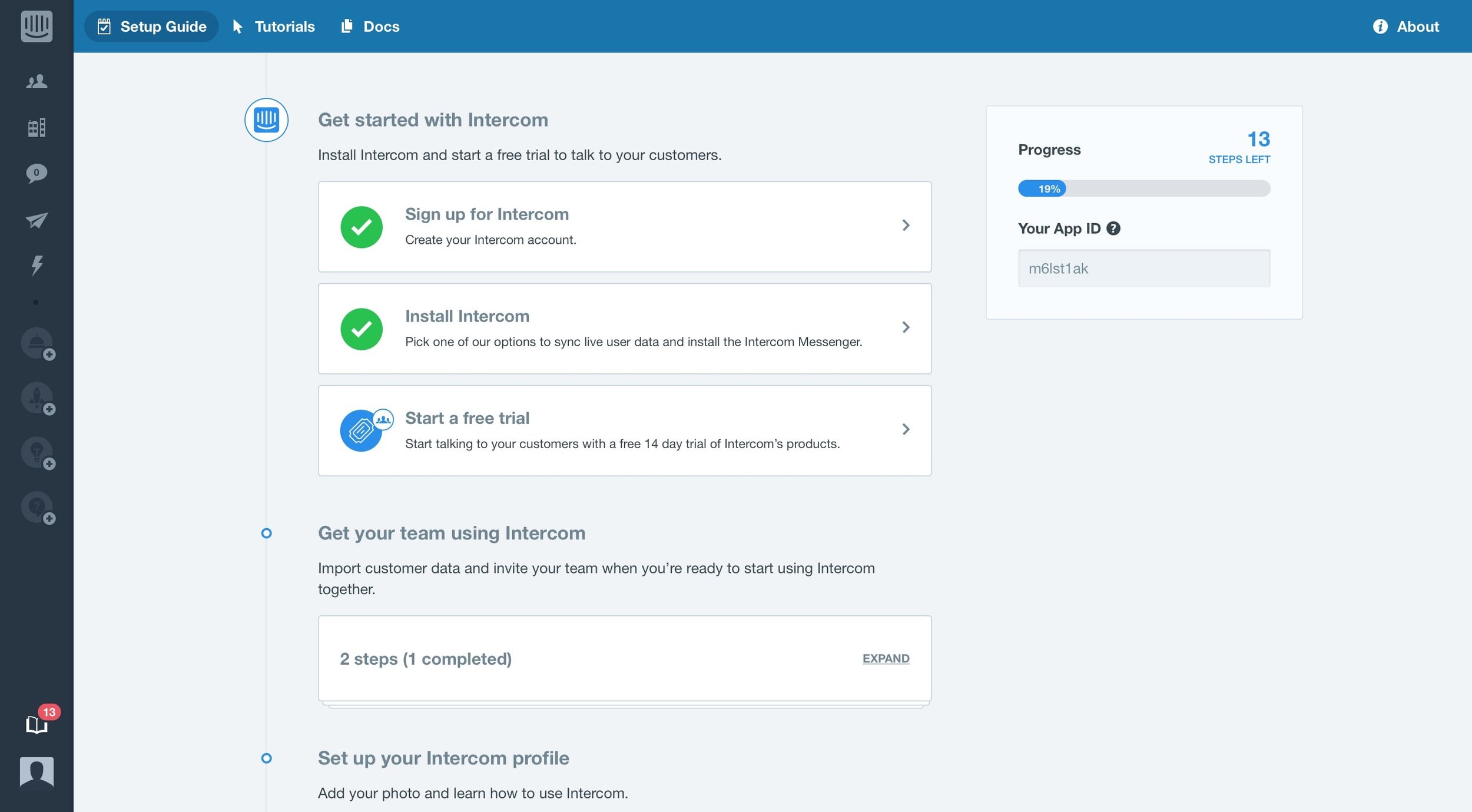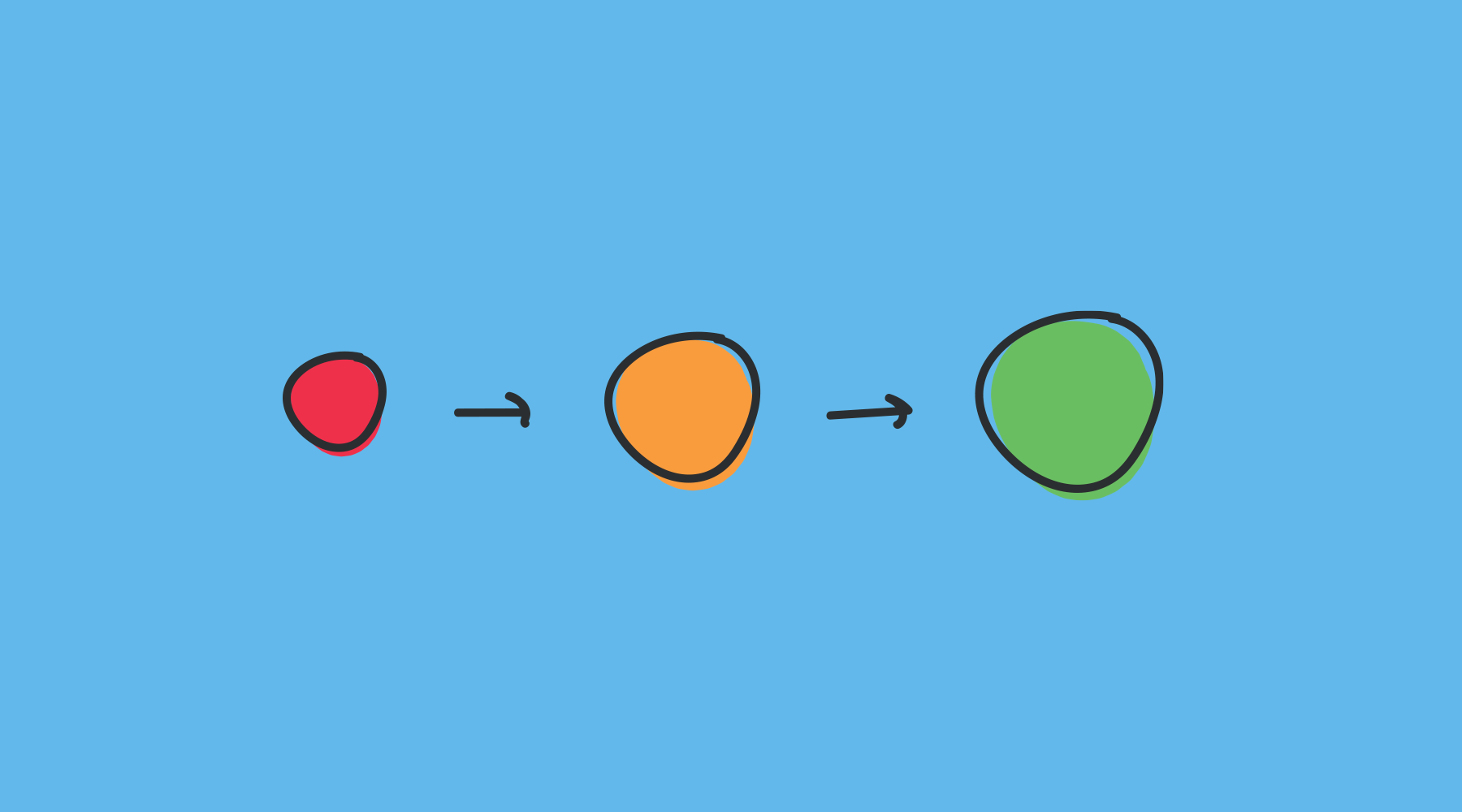The SaaS Onboarding Framework
So, we all know onboarding is one of the most important things in SaaS. Just like dating, right? Well, onboarding is just like dating actually: you get to know each other for the first time. Woohoo! Exciting stuff, huh? We think so too! We've experimented with a lot of different onboarding strategies and came up with the 'SaaS Onboarding Dating Framework'. A framework for dating you say?Yes. Because, just as in dating, it's really important that both you and your user feel comfortable in taking action. You don't want to create a situation where it's just you talking about yourself and your date is like: "Hmm. Should I go right now?". Let's talk about the most important rules in dating and SaaS onboarding.
Let's talk about the most important rules in dating and SaaS onboarding.
#1 Keep it simple
You don't want to make things complicated from the start. Ask simple questions to get it all started. Remember: this is an exciting moment for the user. They never met with you or your product. So by not overcomplicating things, the user feels at ease and is more likely to proceed. That's why, for example, we start off with a very, very easy to answer question in the first step of our onboarding funnel: "What’s your company’s name?". Everybody knows this. And it's also a fun thing to share right away. I mean.. everybody likes to talk about their own business. So why not let the user talk about it a bit from the start?
Everybody knows this. And it's also a fun thing to share right away. I mean.. everybody likes to talk about their own business. So why not let the user talk about it a bit from the start?
#2 Be transparent
You probably know the saying: "What you see is what you get". Everybody loves this! Nobody wants to be fooled (or catfished). So, show your user what they can expect right from the start. You can do this by providing images or explainer videos. Help them understand your product by showing how it's done.We, for example, let the user work on a few simple steps to set-up its first feedback board. Once it's done, we simply say: "Tadaaa, here's how it looks and here's what you can do next!"
#3 Don't force
Let the user decide itself. It's in an exploratory state and you don't want to force it too much. However, it's also a bit insecure giving the fact this is the first time. So providing some guidance will be appreciated, but don't force it to go a certain path right away. You can provide a product tour, but make it optional by showing the notification to start it on the top or bottom of your dashboard. When the user is ready, it will take the tour itself. In its own time.So, what you definitely don't want to do for example is to force your users in going into those annoying tool-tip puzzle worlds. Yikes. The user will definitely feel a bit like...
#4 Make it comfortable
Give your users some options to play around a bit. Make it feel comfortable in this new environment. A simple thing like changing the colors of the sidebar in your dashboard, or uploading its company logo, or things like that, will make it feel so much more comfortable here. You will want to get the user to feel like home. Like it understands where it is and how everything works. So again: don't overcomplicate with too much information. Keep your sidebars and menus clean. Only show the most important options.One of the things that always works best is to show a checklist of the things a user can take action on, just as Intercom does:
#5 Take it easy
Don't overload your user with too many options and information right from the start. In most cases, a user will sign up, look a bit around and then... go back to his normal life. Yes, your users have their own life too! In all seriousness, almost nobody will walk a full product tour the first moment they've signed up. That's why some smart interwebs marketing people invented: email drip campaigns!With an onboarding email drip campaign, you can send several messages in the upcoming days and weeks. Again, it's really like sending your date a text message the following morning saying "it was great seeing you! Can I see you again?". So, make sure you keep in touch with your user by sending a welcoming email the first day for example. The next day, you can let them know you're happy they're here and you're ready to help. Next, you can send some emails with tips and tricks about the tool itself.You see? Taking it step by step, real slow and easy is the way to go. The rules above may never be forgotten: keep it simple, be transparent, don't force, make it comfortable and take it easy!

